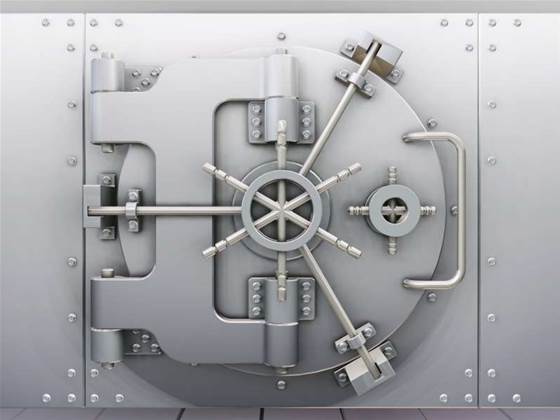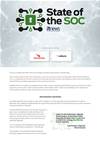
The network was set up by the Secure Communication based on Quantum Cryptography (SECOQC) group, which was set up in 2004 to build technologies that could counted espionage, in particular from the ECHELON surveillance system run by the UK, the US, Canada, Australia and New Zealand.
“We will provide a tool, based on quantum technologies, which will enable economical enterprises to guard their assets against industrial espionage,” says Dr Christian Monyk, the initiator of the project.
“In the past, significant financial losses due to industrial espionage had to be attributed to activities of the ECHELON communication surveillance and interception network. Our aim is to make a significant contribution to the independence and competitiveness of the European economy.”
Nodes for each point of the network have been set up in Siemens offices since it did much of the work on the project. The nodes are a standardised 19 inch box containing mobile quantum cryptographic devices that can be linked to standard network architecture.
So far the EU has invested €11 million in the project, which was set up after EU into claims that the ECHLON system was used to spy on European companies to gain a business advantage, claims the UK and US denied.
The quantum cryptography systems rely on an application of the Heisenberg Uncertainty Principle, which broadly states that one cannot observe quantum information without altering it. This makes eavesdropping impossible, since as soon as it takes place the change in data can be instantly recognized and the network shut down.






_page-0001.jpg&w=100&c=1&s=0)


 Government Cyber Security Showcase Western Australia
Government Cyber Security Showcase Western Australia
 Government Innovation Showcase Western Australia
Government Innovation Showcase Western Australia
.png&w=120&c=1&s=0) Security Exhibition & Conference 2025
Security Exhibition & Conference 2025
 Integrate Expo 2025
Integrate Expo 2025
 Digital Leadership Day Queensland
Digital Leadership Day Queensland











.jpg&h=140&w=231&c=1&s=0)



